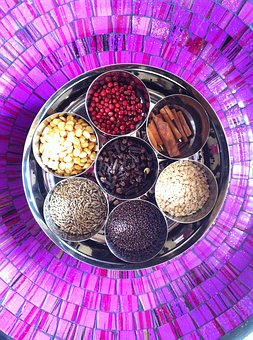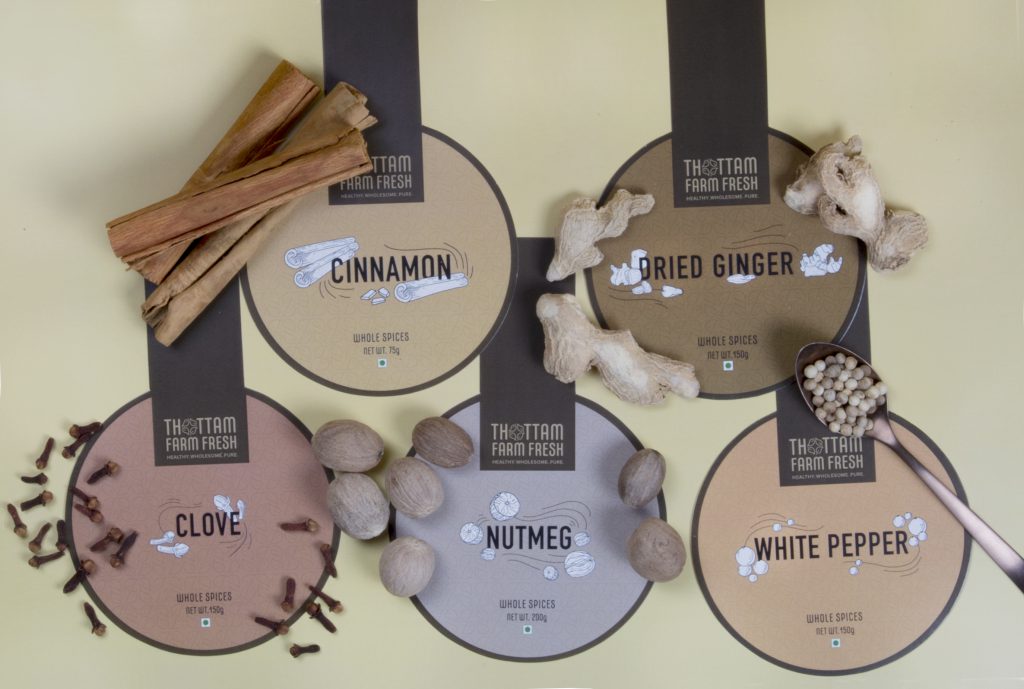Indian cuisine isn’t just famous for its rich flavors, it is also celebrated for its strong aromas. Even historically, Indian spices have been so coveted, that explorers have traveled from all corners of the world for it. Christopher Columbus literally discovered America accidentally in what was originally his pursuit of Indian spices! Furthermore, it was Indian spices that led to the Portuguese and then the British empire to colonize the entire nation. So why is India so famous for spices? The answer is as eclectic as the spices one would find in a classic Indian spice box itself. Let’s take a look –
Which Spices Are Found In India? India is famous for spies because of the abundance in which it is found. As per the International Standards Organisation (ISO), there are 109 different varieties of spices recognized in the world. Out of these, close to 75 spices are found in India alone, making it the “spice bowl of the world,” not to mention India is also one of the largest exporters of spices.
A large country by area, each region in India is home to a number of different spices. For example, the lush green hills in the South offer cardamom, cloves, pepper, and cinnamon, whereas the valleys of Kashmir are famous for saffron and red chilies. In Eastern India, mustard seeds and turmeric rule the spice roost, while Western India produces cumin, fennel, fenugreek and coriander.

The Indian Spice Box
In every Indian household, when you enter the kitchen, you will realize the spice box holds a very special place. It usually contains main spices – both whole and powdered – those staple ingredients in most dishes, including red chili, black pepper, salt, turmeric, coriander, allspice, cardamom, bay leaves, cumin, fenugreek, nutmeg, star anise, carom seeds, fennel, and cinnamon.
The Indian spice box is not only required for cooking but the use of Indian spices also holds the cure for many common ailments. Many spices and herbs form the foundation of Ayurveda, for example. Turmeric mixed with milk acts as a great anti-inflammatory medicine, while asafoetida is used to offer relief from indigestion. Carom seeds can be consumed with water to reduce pain during menstruation, while cloves are great for curing toothache. These spices not only act as home-remedies for ailments, but they are also a great way to get a glowing healthy skin. Turmeric mixed with gram flour, for example, helps in removing tan from the skin, while cinnamon powder helps in reducing pimples.

Where To Buy Indian Spices
Both Indian spice boxes (steel and plastic variants) and Indian spices are available at every grocery store in India – big and small – but the quality of spices differs for each brand. With growing awareness, people are choosing organic spices over normal spices. Organic spices are grown without any chemical fertilizers or pesticides and are thus free from contamination. Households now prefer grinding their own spices at home, as well, to avoid adulteration and to ensure the purity of spices.
With the advent of technology, buying pure and unadulterated organic spices is as easy as clicking a button. Consumers can now order organic spices online through various websites and can be assured of receiving healthy, wholesome spices at great prices.
